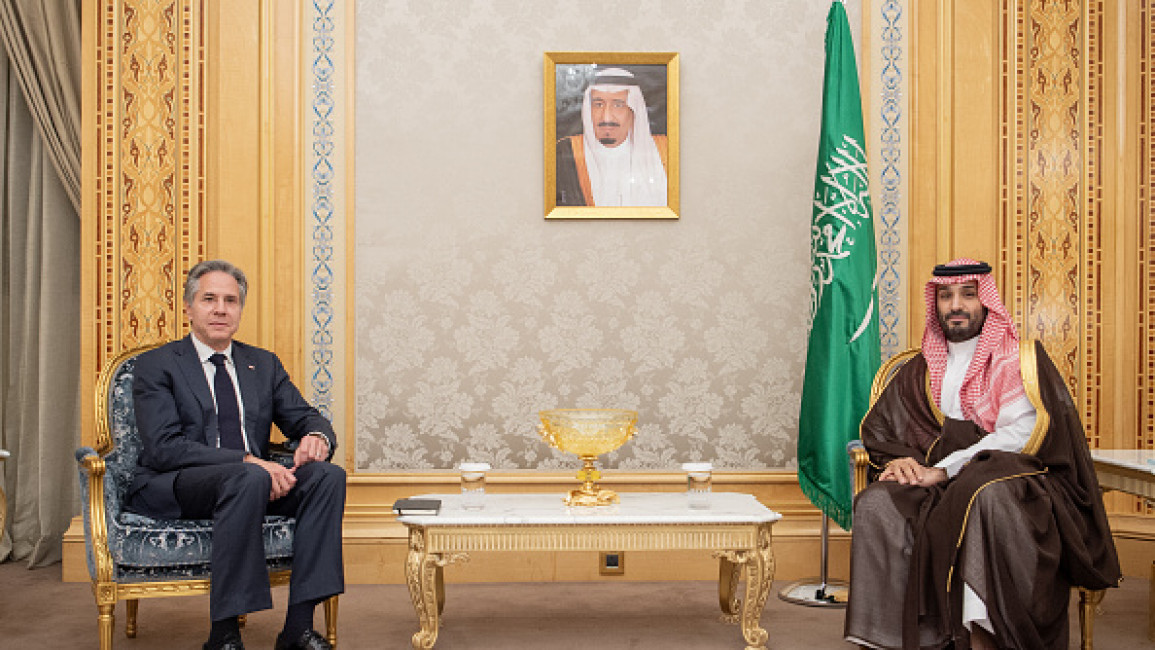Fighting has left half of Ain al-Hilweh, Lebanon's largest Palestinian refugee camp, 'a hot area,' UN says
Days of fighting in the largest Palestinian refugee camp in Lebanon displaced several hundred families, destroyed up to 400 houses and left half the camp still off-limits and considered “a hot area,” a senior U.N. official said Thursday.
Dorothee Klaus, Director of the U.N. agency for Palestinian refugees in Lebanon, said she was able to visit part of the Ein el-Hilweh camp for the first time earlier this week and met with traumatized children and women, some whose hair turned white during the hostilities.
The fighting between members of Palestinian President Mahmoud Abbas’ Fatah group and militants of Islamic groups at Ein el-Hilweh near the southern port of Sidon that began July 30 and ended Aug. 3 left 13 people dead and dozens wounded.
Klaus said “the camp remains unstable,” with the Lebanese military barring access to half the camp because armed fighters are still positioned there and it’s not safe though hostilities have ceased.
She told U.N. journalists at a video press conference that the U.N. agency, known as UNRWA, has reopened services in about 50% of the camp which includes one health center, but a school complex for over 3,000 children was also damaged.
“We’ve been collecting garbage, disinfecting, and started removing rubble,” she said, and when the other half of the camp reopens the first thing will be to remove unexploded ordnance and remnants of war.
Violence amid Palestinian 'desperation'
Ein el-Hilweh, which is home to over 50,000 Palestinian refugees, is one of a dozen refugee camps in Lebanon. The country has between 200,000 and 250,000 Palestinian refugees, half living in camps and the rest in the vicinity, she said.
Violent clashes are a regular occurrence and many camps have been destroyed several times, Klaus said, pointing to previous clashes in Ein el-Hilweh in March.
She said the violence “needs to be understood in the context of multiple displacements” Palestinian refugees have experienced over the past 75 years in Lebanon. Hundreds of thousands of Palestinians fled from what is now Israel following the U.N.’s partition of British-ruled Palestine into separate Jewish and Arab states in 1948.
Refugees in Lebanon are still prevented from working in middle class professions such as doctors, lawyers and engineers and they are barred from owning property, so all those who have studied have migrated “leaving very vulnerable populations behind,” Klaus said.
She said 50% of men over the age of 16 are unemployed, the remainder have sporadic employment, and 80% of refugees live in poverty.
“So, it is indeed, a very desperate picture for a community that has very little future outlook that is positive after 75 years,” Klaus said. “It is a population that is very depressed, and that comes from a sense of being very helpless,” which often translates into either aggression, self-destructive behavior including substance abuse, or violence within the family.
The impact of the most recent violence is that the refugee community has been retraumatized, she said, still suffering from “very high rates of non-communicable diseases which we attribute to very high levels of stress.”
Klaus said UNRWA needs $12 million to provide cash assistance to 65% of the refugees, which she said would be “a major stabilizing factor,” especially at a time that Lebanon is facing a major economic crisis.
Can anything be done to prevent another violent clash in the refugee camps?
“Every crisis is an opportunity to thrash out a roadmap for preventing this from happening,” Klaus said. “We’re counting on a high-level meeting between various Palestinian parties and the Lebanese next week which we will also participate in, looking at some of the mechanisms for the rehabilitation and reconstruction process – and some of these questions will certainly be asked.”



